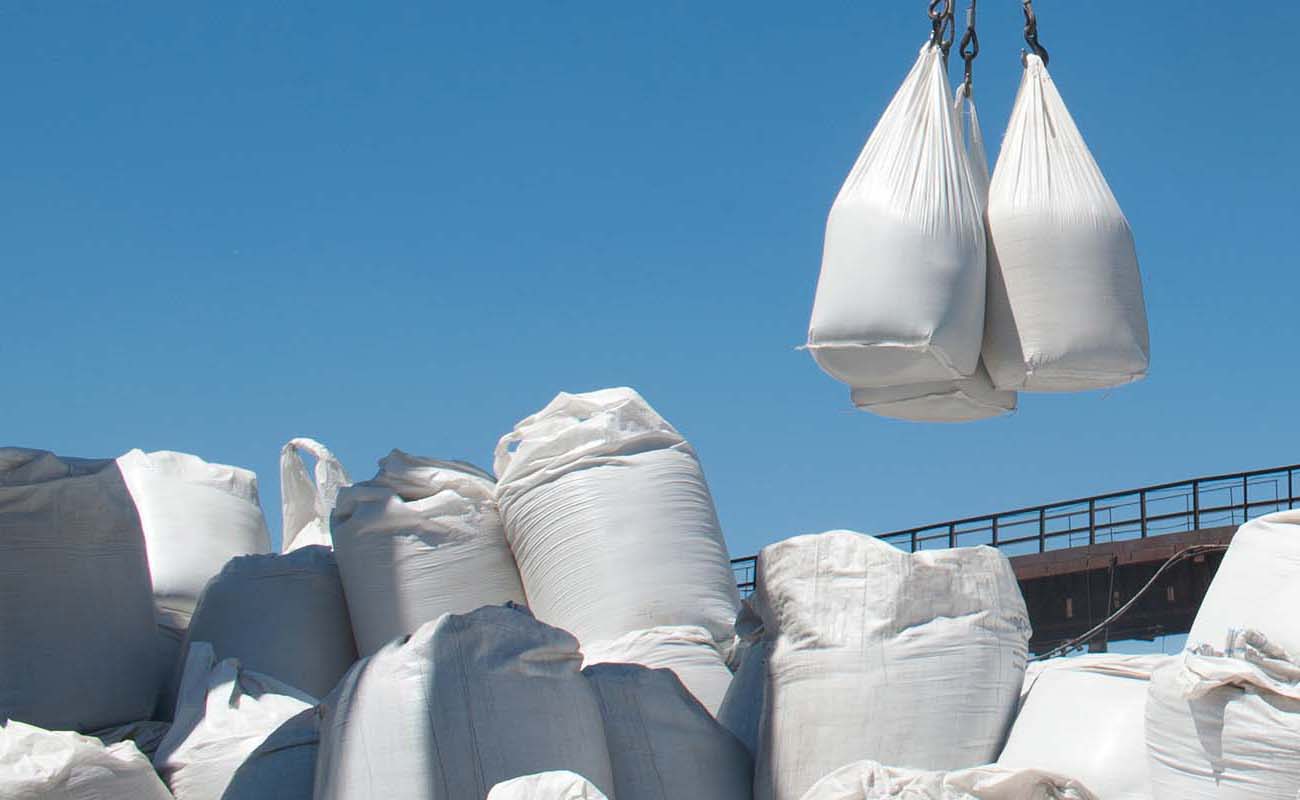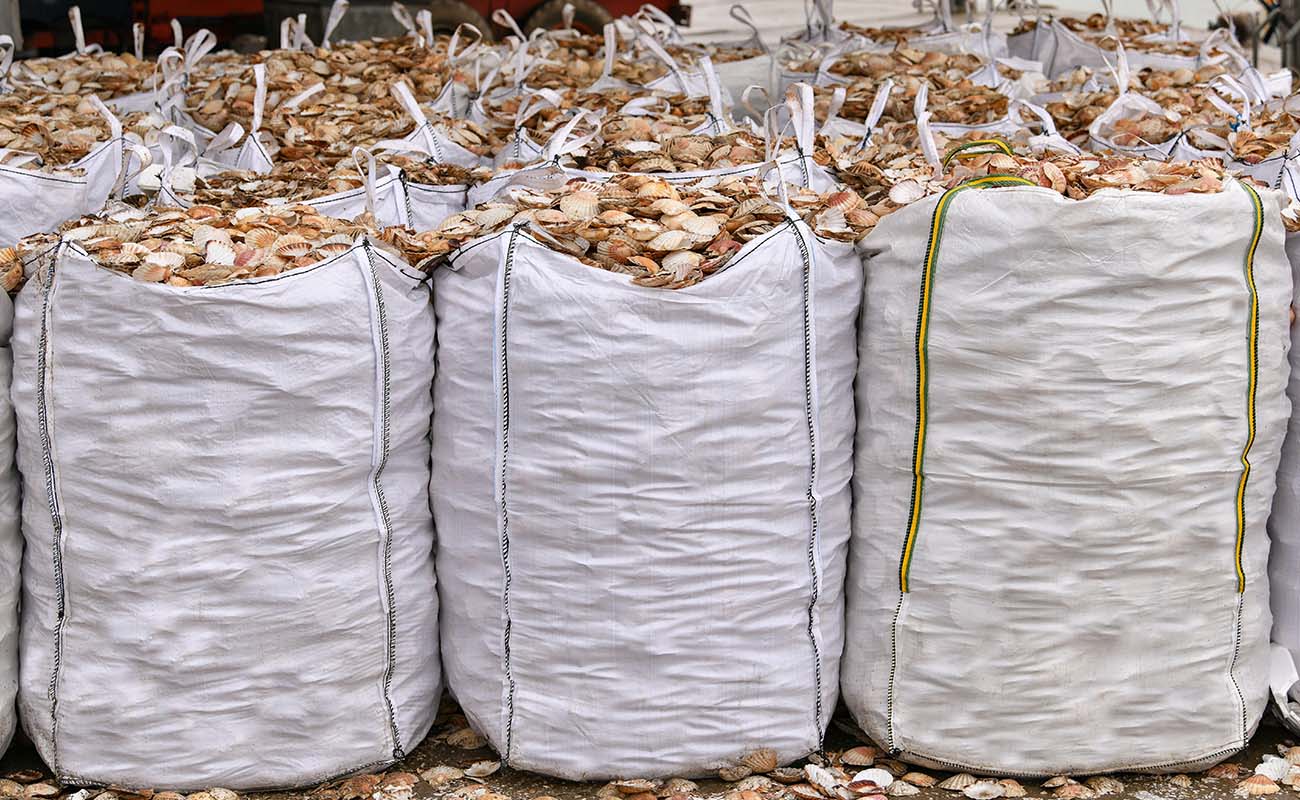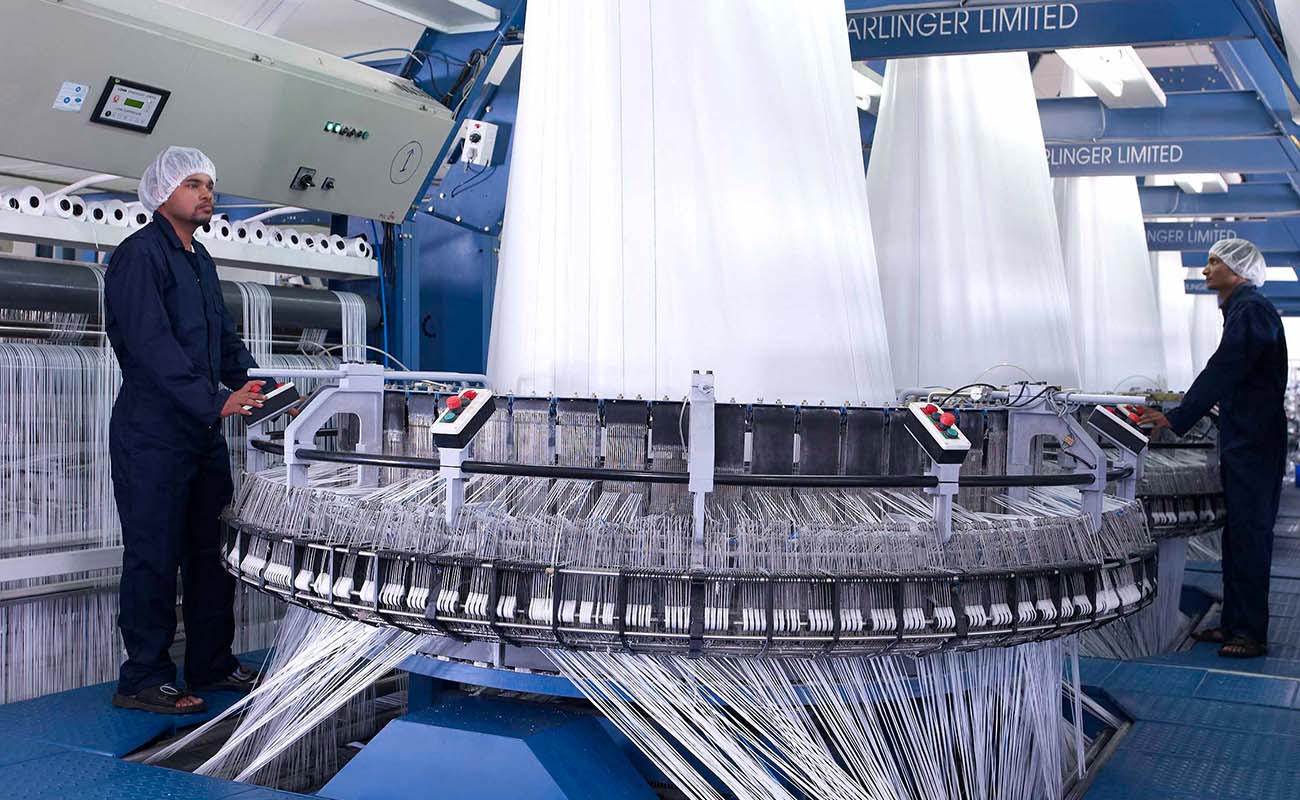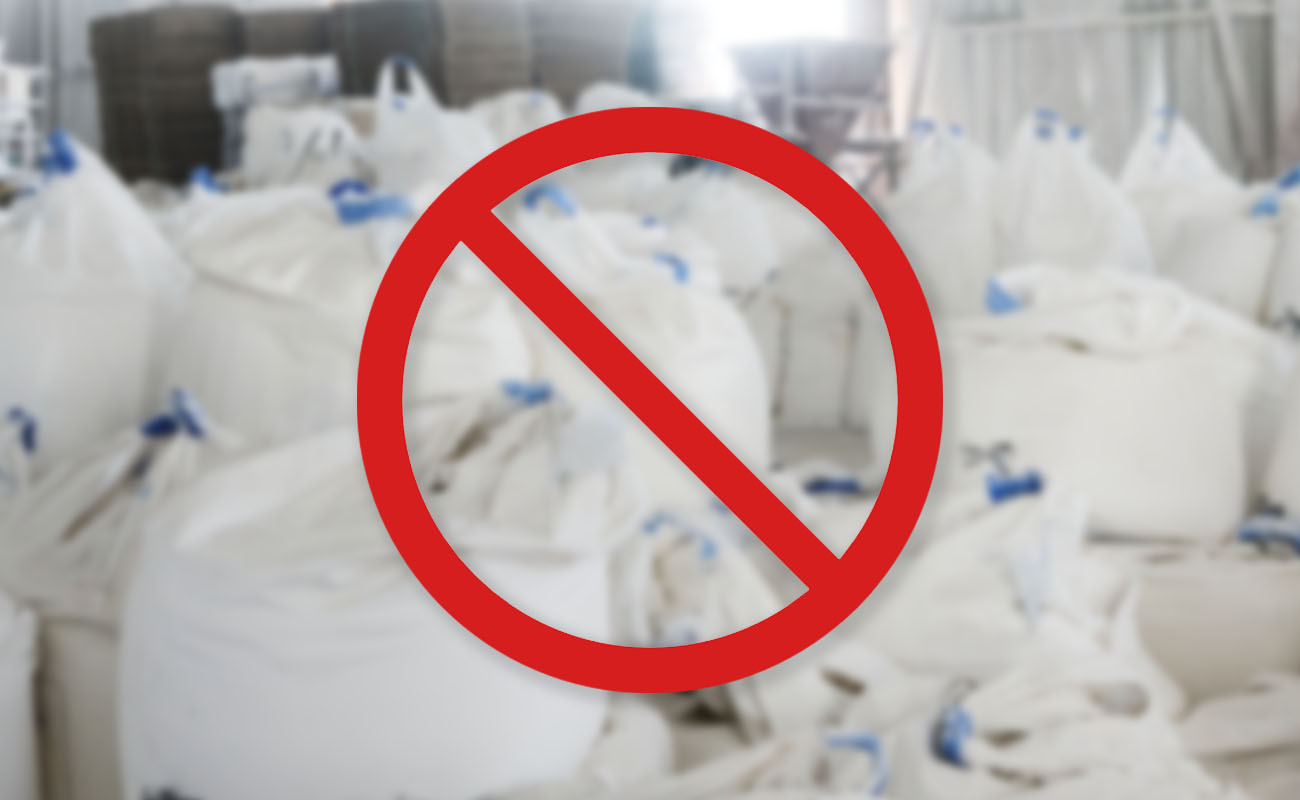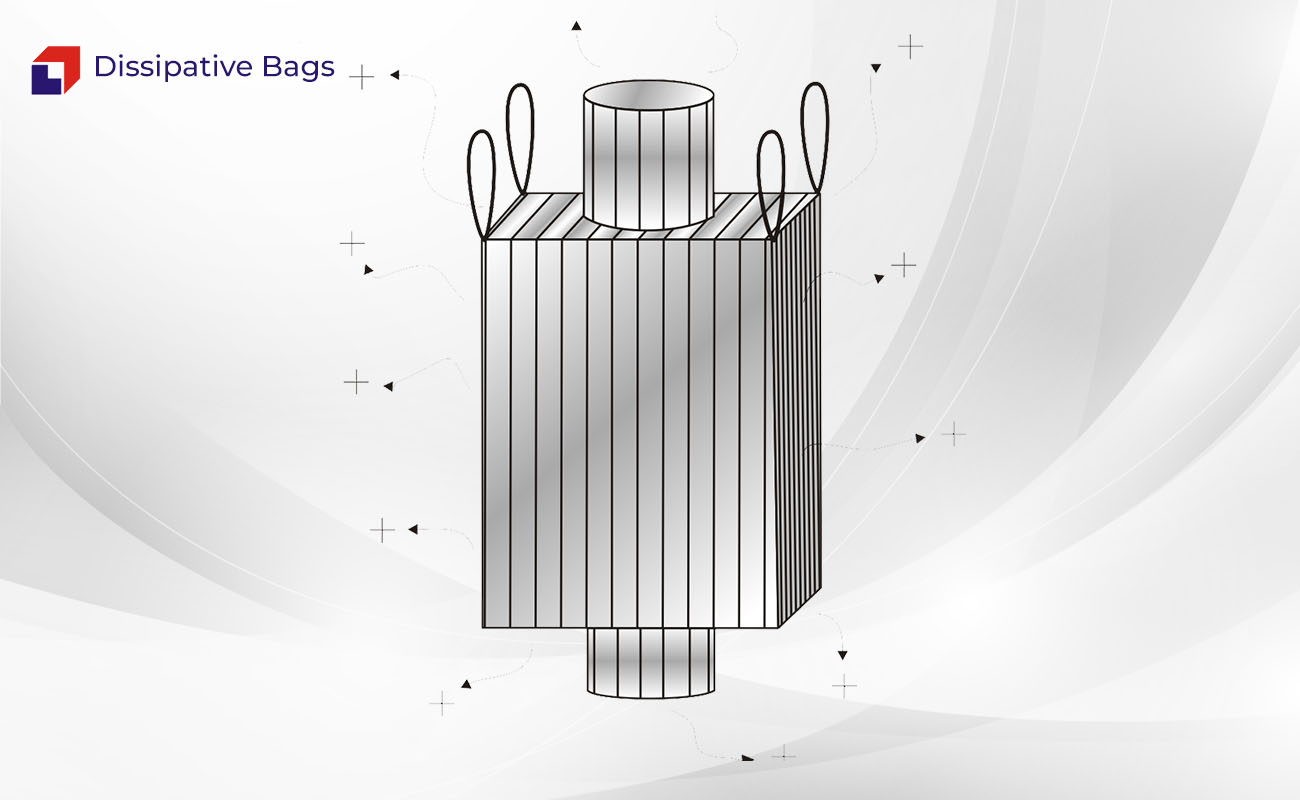Importance of Types of FIBC Bulk Bags: A, B, C & D
Selecting the right packaging solution starts with understanding the types of FIBC bags available. These bulk bags are categorized into four types; A, B, C, and D each designed to handle varying levels of electrostatic risk. From basic protection to advanced static dissipation, every type...











